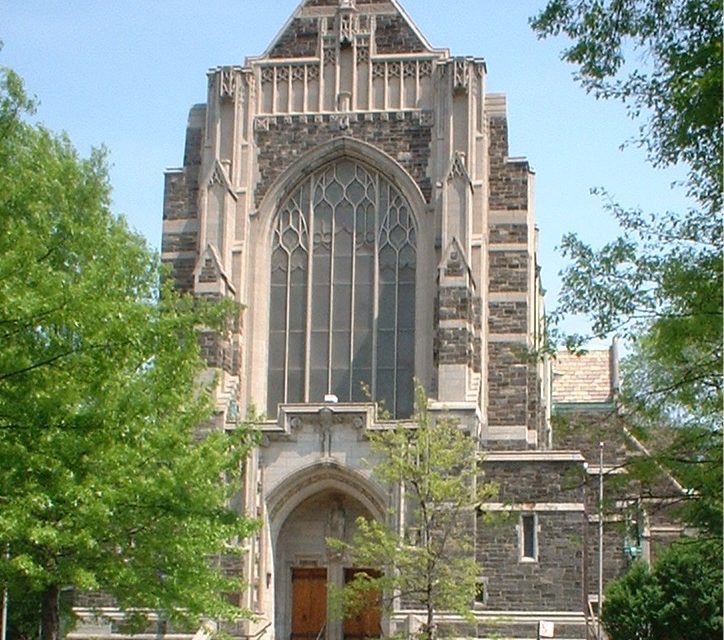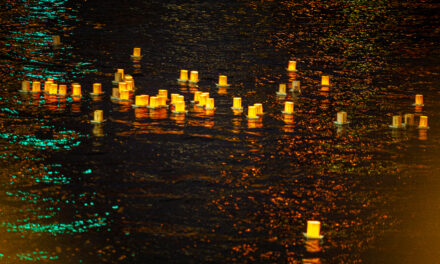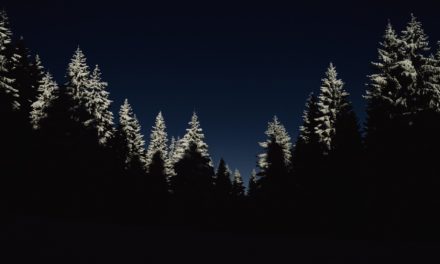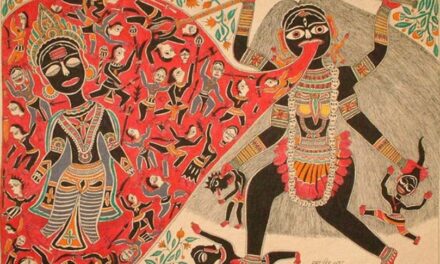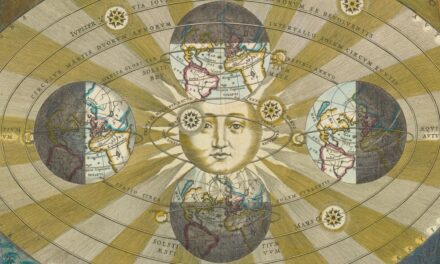I grow up in the shadow of a church. Every Sunday morning, the 850-pound bell at the Gothic-style Episcopalian Church of the Intercession just a few blocks away rings as if to fill the sky with sound. Its clangor surges into the large bedroom I share with my brother, swelling like a giant heartbeat. Other bells from neighboring churches join in, but this is the one that’s closest. The sound is deep, melodious, maybe a bit mournful, and certainly mysterious.
The bedroom with its three windows is on the eighth floor of a ten-story Gilded Age apartment building on a hill at the southern edge of Washington Heights. We have a view of the Jersey Palisades, the George Washington Bridge and its necklace of lights in the evening, and of the eerier Trinity cemetery just north of us. The immediate neighborhood is full of drama for a little boy. Our street slopes almost vertiginously west, down to Riverside Drive and the park beyond that beards the edge of this part of Manhattan.
There’s a plaque on the wall of the cemetery commemorating battles fought here and across the river by General Washington. The vast cemetery itself is filled with thousands of crumbling monuments and mausoleums of marble and brownstone. Astors are buried here, and mayors of New York, and a son of Charles Dickens. It’s a view that might make sleep difficult for an easily frightened child. But for me, it’s just part of the landscape of New York that stretches north to the Bronx, more redolent of the past than any skyscraper downtown could ever be.
Though battered, the parquet floors in our high-ceilinged bedroom are as elaborate as the gargoyles I can see jutting out from the roof line of the building which seems even taller on its hill. Massive, the building has an impressive Anglo-Saxon name, Northold, and a twin called Southold matches its bulk and grandeur. The cavernous dark lobby with a coffered ceiling is like the lair of some pirate king, fit for a piled-up treasure and roiling crowds of brigands. The building is as mammoth to me as the black monolith I see years later in 2001: a Space Odyssey.
But the church is more magnificent still, and though it’s only a few blocks up Broadway, it could be in another universe. There’s so much open land around it, you can imagine yourself outside of the city. Built before World War I, the exquisite landmark church in Gothic Revival style has a cloister, a vicarage and a parish building—and a huge tower. On Sundays, crowds of people stream in and out, and I pass it countless times during the week, but never even ask to take a look inside or discuss it with my parents.
Far more accessible is the lavish complex of museums of Audubon Terrace on the other side of the street. These impressive Beaux-Arts buildings include The Museum of the American Indian, The American Numismatic Society, The American Geographical Society, The Hispanic Society whose museum includes works by El Greco, Velasquez, Goya. I visit these places with my parents, on school trips, and sometimes alone. This neighborhood is not what most people would expect from New York, but it is a small kingdom I call home.
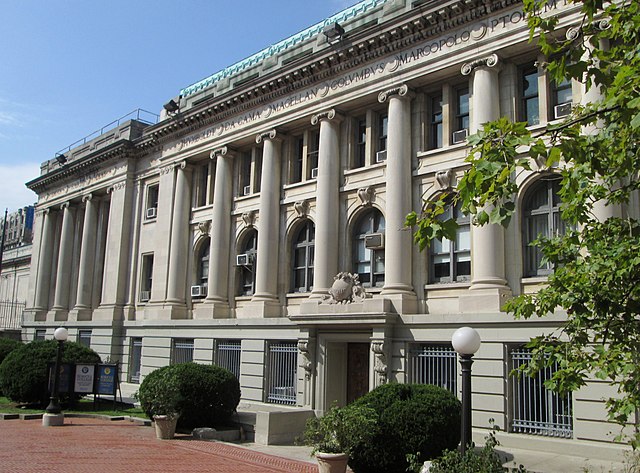
What people do in a church, why they go, is beyond my ken, but I know from a very early age that these people are profoundly different from me. They believe in Jesus, and the tolling bell proclaims that belief. Who is he? What does believing in him mean aside from going to this church? I don’t know, but I do hear from some neighbor kid at an early age that “You Jews killed Jesus.” This information is mysterious to me: How could I have killed someone I don’t even know? I don’t remember sharing what I heard with anyone, because my sense of myself as a Jew is minimal, formed more by what I don’t do, don’t have, than anything positive. No Christmas tree, no Christmas presents, no Christmas. And no relatives.
Jewish observance is minimal for my Holocaust survivor parents: lighting of a battered-looking menorah, matzah and homemade gefilte fish at Passover. The High Holy Days only mean I’m off from school and that we listen to services on Yom Kippur eve on the radio, nothing more. The chanting mystifies and embarrasses me—it sounds so plaintive and alien.
You can see the church from my window, but even if you couldn’t, it’s always there, part of the week, part of life, part of the air I breathe. And the sound of its bell speaks to me in a tongue I wish I understood.
Featured photo credit courtesy of the Church of the Intercession

